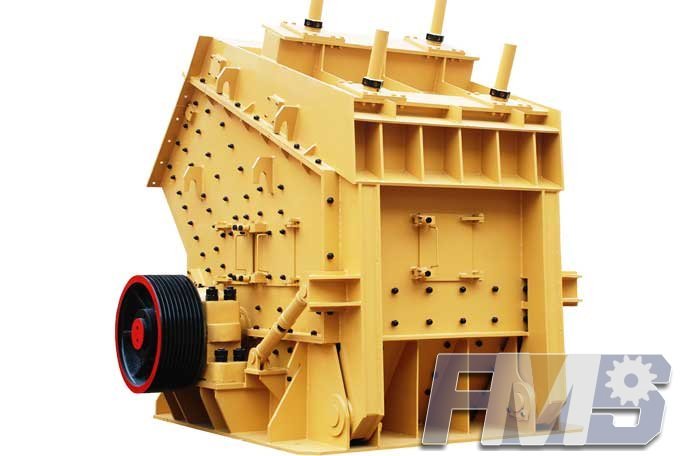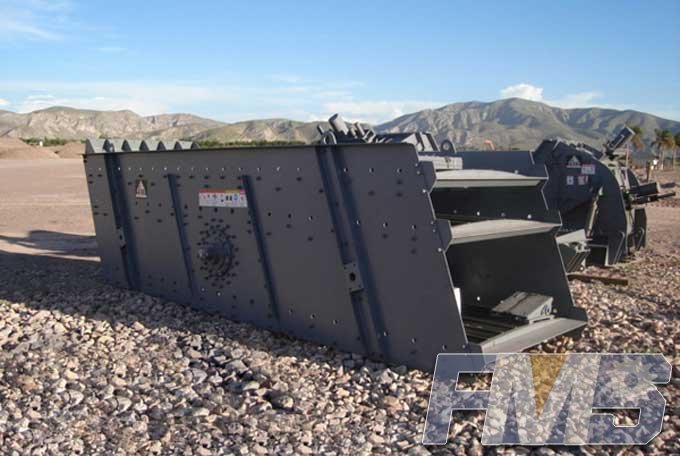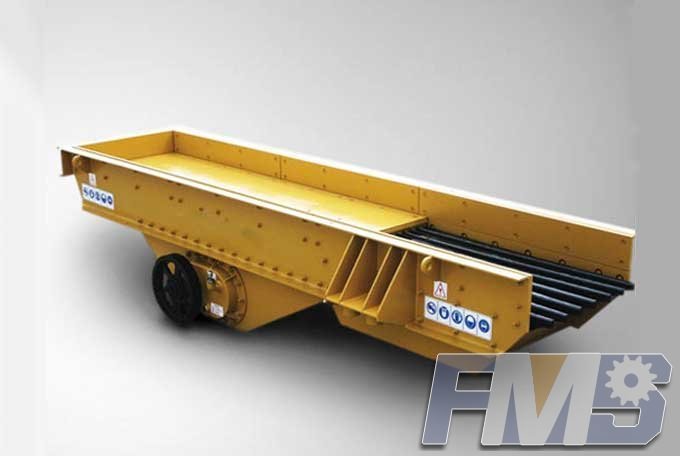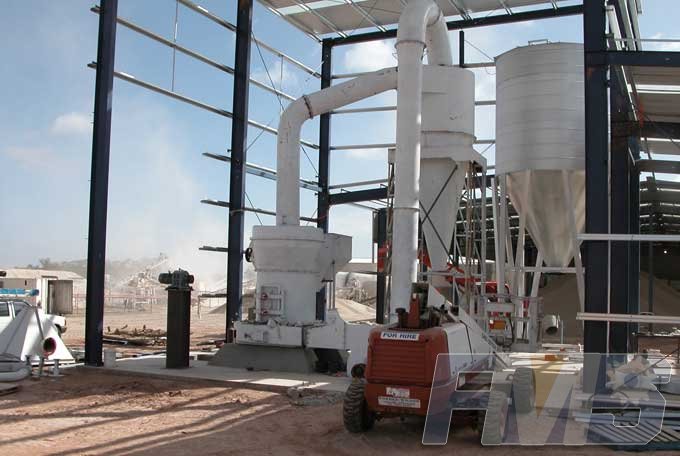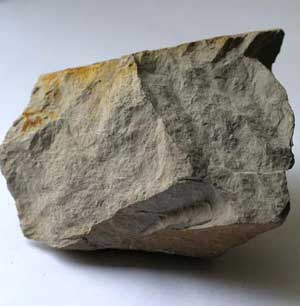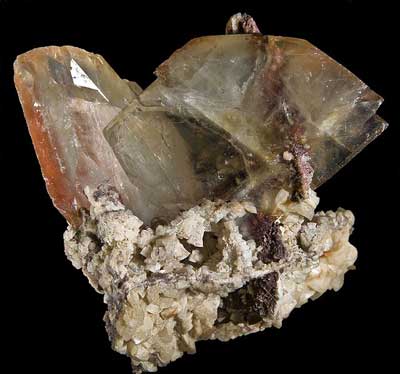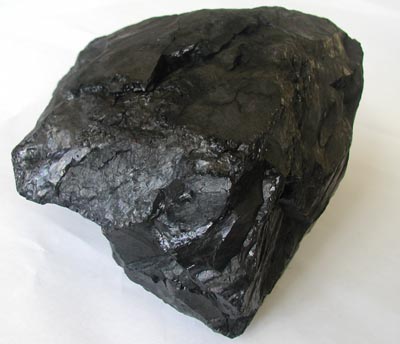Mills for regrind and ultrafine grinding applications
The selection and sizing of mills for regrind and ultrafine grinding applications do not lend themselves to conventional methodologies. A more holistic approach is required, one that considers not only the mill but also the application of the mill within the process. The selection of stirred mills for ultrafine milling requires unique approaches to answer questions related to selection of the circuit configuration, type of mill, media, and operating conditions. Further considerations required for the selection of mills are the inherent difficulties of particle-size measurement and an accurate definition of the product size required.
Minerals with fine particle intergrowth, either with other metallic minerals or gangue, are being increasingly mined. These ores have provided new challenges in concentrator design, requiring fine and ultrafine grinding in order to obtain acceptable grades and recoveries. The advancement of flotation technologies now permits effective flotation in the sub-10- m size range, making it possible to separate finely disseminated minerals from gangue. Similarly, the ability to produce ultrafine feed for various leaching pro- cesses, including bio-leach and low-pressure oxidation, often requires fine or ultrafine grinding to improve reaction kinetics to the level at which these processes become com- mercially viable. Economic ultrafine grinding processes also make it feasible to direct leach refractory gold ores, rather than the more conventional roasting or high-pressure autoclave routes.
The relationship between energy required and product size is not a proportional one. Theoretically, the energy required (per unit mass) to break a particle to 1/100th of its size is 4,000 times greater. As we strive for ever-finer grinds, the need to optimize the comminution process becomes self-evident. In order to achieve the required improve- ments, changes in milling technologies are needed, as well as a better understanding of the variables that affect them.
The media in a mill generates a particular energy spectrum, which is best defined as a frequency/magnitude plot of the energy delivered by the mill. It is possible to substan- tially alter this relationship for a mill by changing the operating conditions. Different mill designs will, however, differ in the range of energy spectra they can generate. The better that a mill’s energy spectra matches the breakage requirements of an application, the more efficient the system will be. Jankovic has demonstrated this where clear optimum operating points could be determined for a mill by changing the operating characteristics.
Machine Options
Time and innovation have resulted in numerous different mill designs capable of produc- ing fine and ultrafine products. This paper will concentrate on the few that have seen mainstream commercial application in the mineral processing industry. In many cases, these mills are of a unique and proprietary design, do not have generic names, and are known only by their commercial trademarked names. Mills for fine and ultrafine grind- ing fall into four primary categories:
1,Vertical Roller Mill LUM
2,Trapezium Mill
3,ball Mill
Get Detail Information:
(If you do not want to contact to our online customer service, please fill out the following form, Our client manager will contact you later. We will strictly protect your privacy.)


